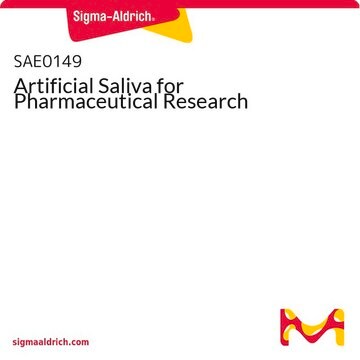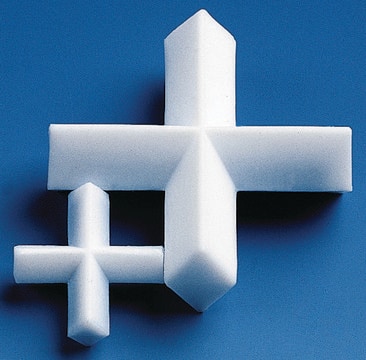The structural integrity of this product has not been evaluated post-sterilization. A general procedure for sterilizing mucin has been published as follows:
1. Place dry powdered mucin in a flask.
2. Cover the mucin with 95% ethanol.
3. Heat the covered mucin at 70 °C for 24 hours.
4. Evaporate the alcohol to recover the mucin.
This information is taken from Yeung, A.T.Y. et al., MBio, 3(3), e00073-12 (2012).
In addition, this product is described as soluble in 1 M NaOH: soluble 20 mg/mL:
https://www.sigmaaldrich.com/product/sigma/m2378
This Millex syringe filter should be chemically compatible to filter sterilize that solution (this product is intended for a volume range ~ 10 – 100 ml solution):
https://www.sigmaaldrich.com/product/mm/slgvr33rs
See user guide:
https://www.sigmaaldrich.com/deepweb/assets/sigmaaldrich/product/documents/409/570/pr05510w-ms.pdf












